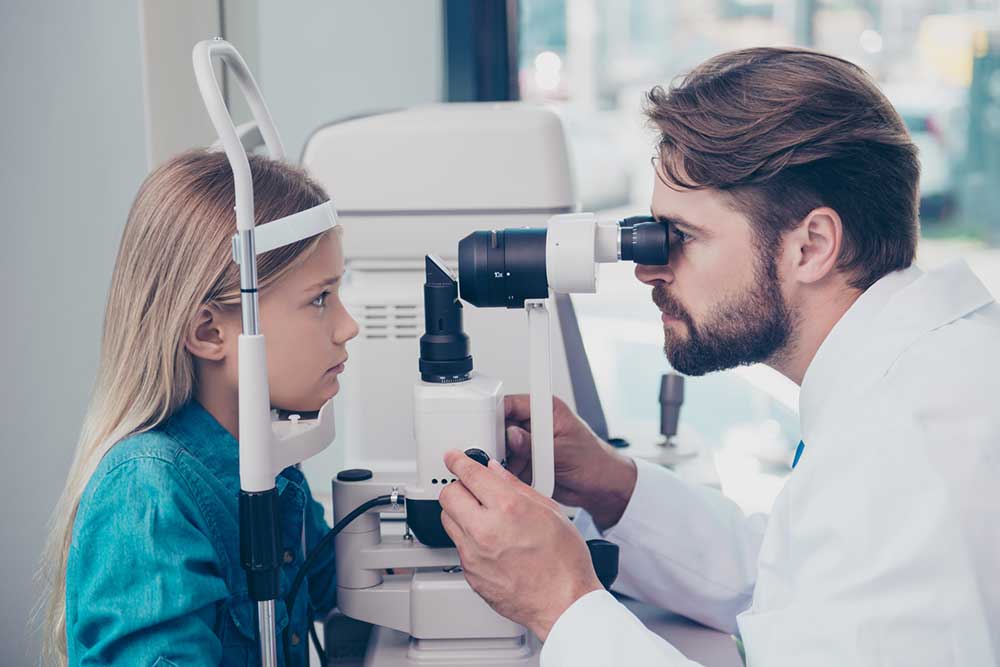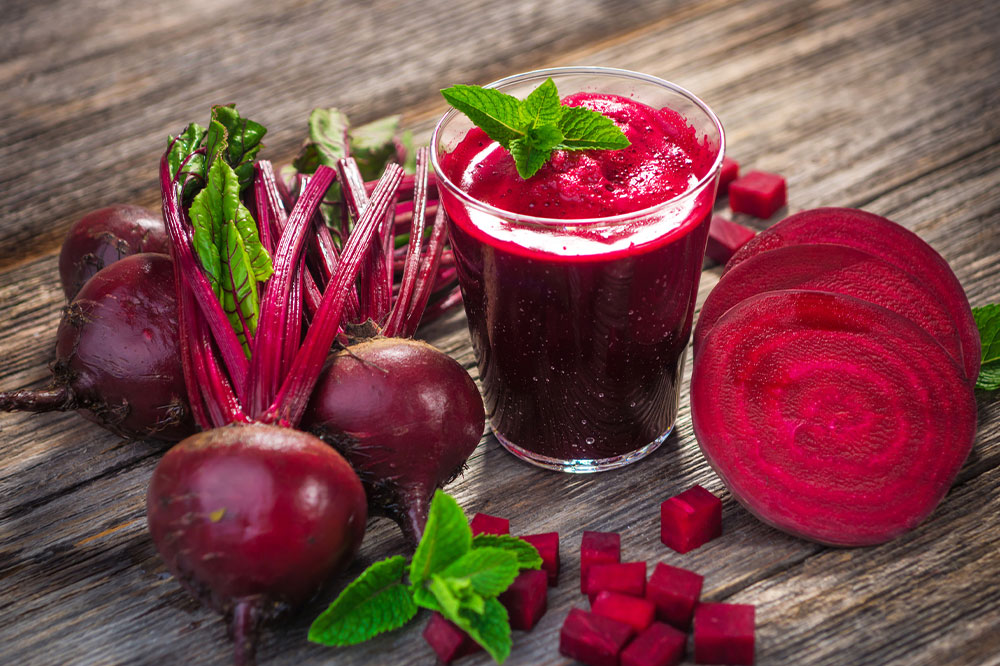
12 Useful Ways to Maintain Eye Health
Our eyes help us see what’s around us so that we can react accordingly. Since they perform such a crucial function, we must maintain them by following healthy practices. Sadly, many ignore eye care and increase their risk of ocular conditions. These conditions are usually treatable with timely intervention, but prevention is always better than cure. Below are a few simple yet practical ways to maintain eye health in the long run. 1. Eat foods rich in omega-3 fatty acids Studies have shown that omega-3 fatty acids can help improve the functioning of the meibomian gland. This oil gland protects against age-related macular degeneration and dry eye disease. Fatty fish, such as salmon, tuna, and mackerel, are excellent sources of omega-3 fatty acids and should be a part of one’s meals to protect the eyes. Nuts like walnuts and seeds like flax and chia seeds are also rich in this essential nutrient. 2. Maintain an active lifestyle Moderate-intensity exercises considerably reduce eye pressure, lowering one’s risk of glaucoma, cataracts, age-related macular degeneration, and other eye disorders. Hence, individuals should avoid a sedentary lifestyle and incorporate walking, jogging, skipping, cycling, swimming, or other exercises into daily workouts. 3. Wear shades while stepping out during the day In the long run, persistent and direct exposure to sunlight can trigger several eye diseases, including macular degeneration, corneal damage, and cataracts.
Read More 










